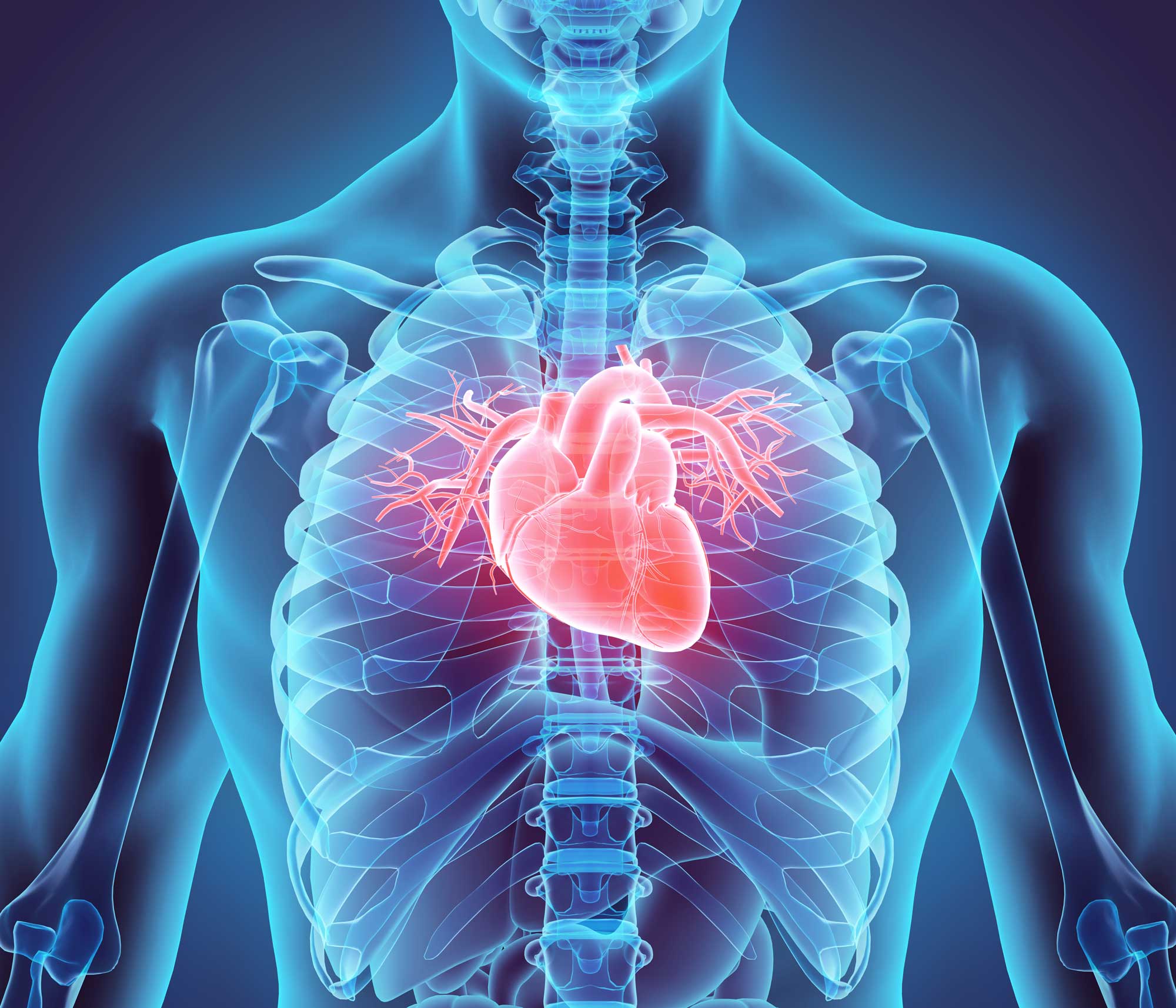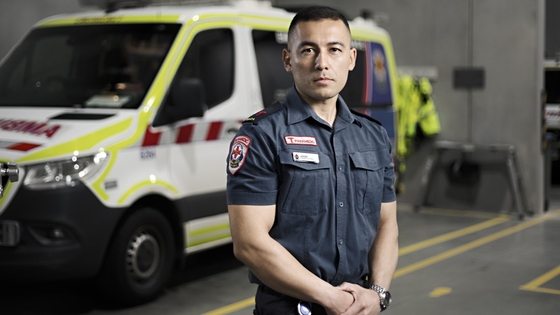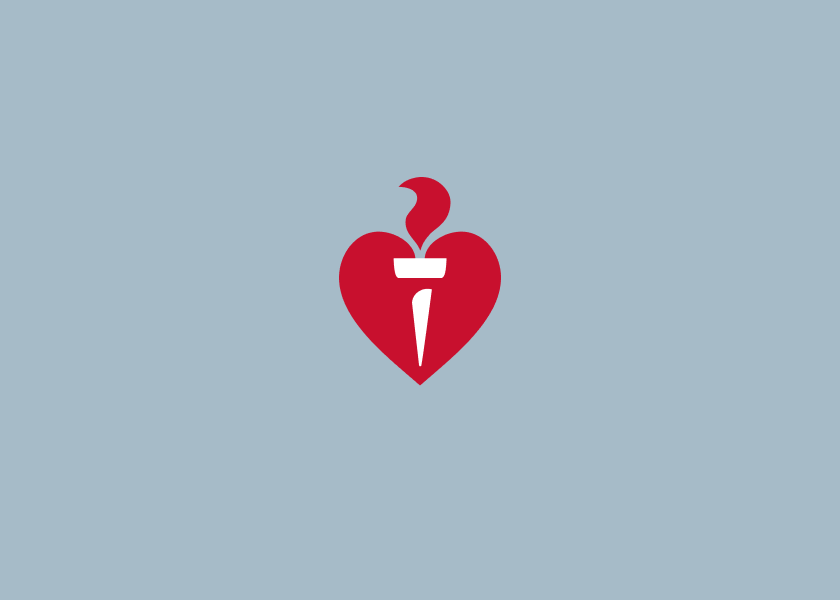
Coronary angiogram test
This is a common test done to find out angina symptoms, or during or after a heart attack.
A coronary angiogram is a test that takes X-ray pictures of the heart’s arteries and the vessels that supply blood to the heart.
It may be done to investigate angina symptoms, or during or after a heart attack. It's sometimes called ‘cardiac catheterisation’.
How is the test done?
The coronary angiogram test is done in a Cardiac Catheter Laboratory, or ‘Cath Lab’. You will be awake and lying down. Medical staff will attach some leads to the skin on your chest and to your finger to monitor your heart and oxygen levels. You will be given a local anaesthetic to numb your skin so you won’t feel any pain.
To begin, a small hollow plastic tube called a sheath is put into an artery in your groin or wrist. A long flexible tube called a catheter will be carefully guided into the sheath and then through a blood vessel to a position close to your heart. You will not feel this.
The doctor will inject a special dye into the small heart arteries though the catheter and take X-ray pictures (an angiogram). The dye highlights the blood flow through the arteries, so it is visible on the X-ray. The dye may make you feel hot and flushed for a few seconds, but this will go away quickly.
What does the test show?
An angiogram is a special X-ray that shows your doctor if, where and how much your heart’s arteries are narrowed or blocked. It also shows how well your heart muscle is pumping.
Why is the test done?
A coronary angiogram test will show problems you may have inside your heart arteries. It helps your doctor decide the best treatment for you.
Sometimes your doctor may decide to insert a stent to perform a coronary angioplasty while you are already in the Cath Lab and the tubes are in place. Your cardiologist will discuss this option with you before you have the test, and you can make a decision whether to proceed together.
Preparing for the test
Generally, you should not eat or drink for six to eight hours before your coronary angiogram. Speak to your doctor about how to prepare for the test, specifically about restrictions on food, drink and medicines. If you have questions, it is best to check with the centre where you are having your test for specific information about what to do.
For more information about coronary angiogram tests, speak to your doctor, nurse or health worker.
You might also be interested in...

Keep your heart healthy
Keeping your heart healthy is something you can work on every day.

Heart attack warning signs
Free heart attack warning signs education, action plans and videos to help you understand your heart and the warning signs to look out for.

Blood tests for heart disease
A blood test takes a small sample of your blood which is then sent for testing in a laboratory.
Last updated08 January 2021